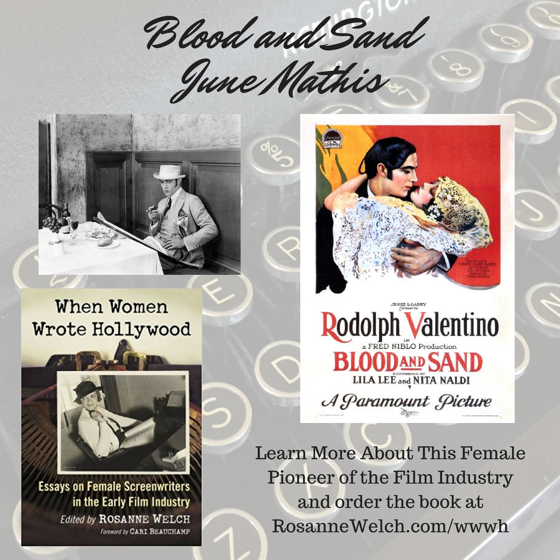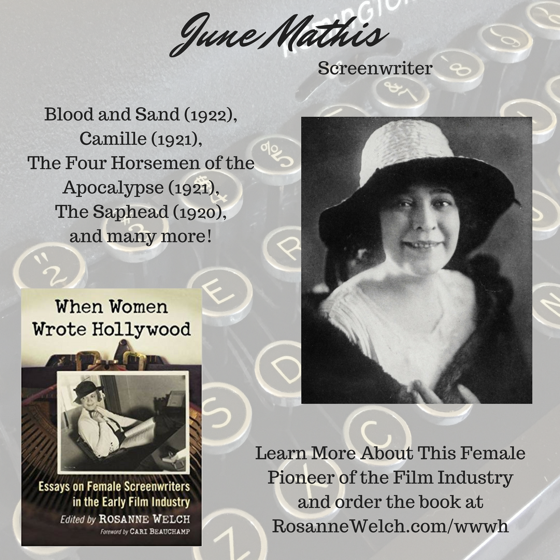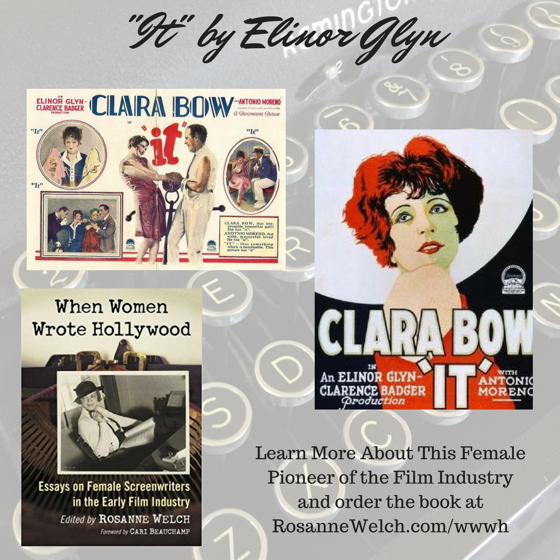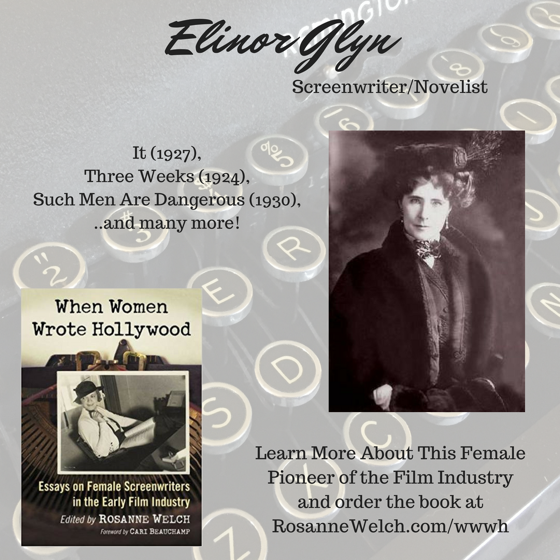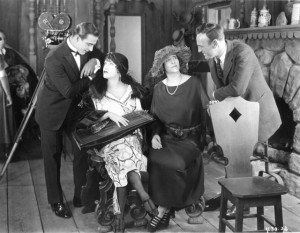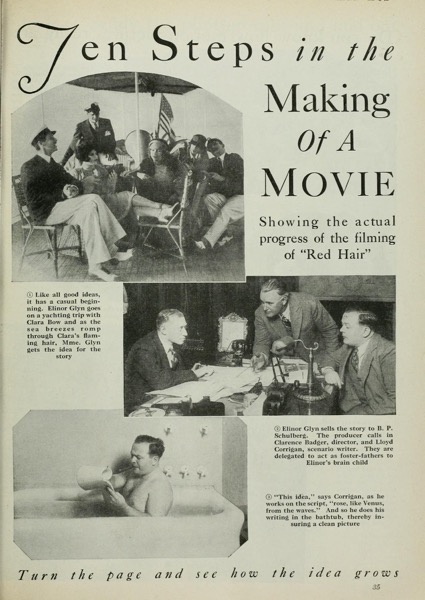
Where Are My Children? is a 1916 American silent drama film directed by Phillips Smalley and Lois Weber and stars Tyrone Power, Sr., Juan de la Cruz, Helen Riaume, Marie Walcamp, Cora Drew, A.D. Blake, Rene Rogers, William Haben and C. Norman Hammond
The film tells the story of a district attorney (Power, Sr.) who, while prosecuting a doctor for illegal abortions, finds out that society people, including his wife, used the doctor’s services.
Richard Walton, a district attorney, is presented with an obscenity case: A medical practitioner, Dr. Homer, has been arrested for distributing ‘indecent’ birth control literature. On the stand, Dr. Homer makes a strong case for legalizing contraception. He recounts three incidents from his medical practice, each shown in a brief flashback: children are exposed to violent abuse in a family riddled with alcoholism; an impoverished family is unable to provide adequate medical care for their sick children; and a single mother, abandoned by her male lover, commits suicide with her young infant.
Meanwhile, Richard’s wife, Edith, has been keeping a secret from him for many years: she has been seeing a doctor, one Herman Malfit, who performs abortions so that her busy social life will not be interrupted by the inconvenience of pregnancy. She suggests it as an option for her friend Mrs. William Carlo, who is with child. Mrs. Carlo has the abortion.
The Waltons receive two new guests in their house almost simultaneously: Edith Walton’s ne’er-do-well younger brother, and their maid’s young daughter, Lillian. Smitten by the brother’s advances, the maid’s daughter is seduced and soon finds herself pregnant. She is taken to Dr. Malfit and then abandoned by the boy after the operation goes wrong. Making her way back to the Walton mansion, she collapses and dies from the botched abortion.
Following Malfit’s arrest and trial, Richard Walton examines the doctor’s ledgers and realized that his wife and many of her friends are listed as having received ‘personal services.’ He returns home, furious, to find them lunching at his home. He banishes his wife’s friends, saying ‘I should bring you to trial for manslaughter!’ and confronts Edith with the cry, ‘where are my children?’ She is overcome with remorse. As the years pass, the couple must contend with a lonely, childless life, full of longing for the family they might have had. — Wikipedia
Watch Where are my children?
More about “Where are my children?”
- “Where are my children?” in YouTube
- “Where are my children?” on IMDB
- “Where are my children?” on Wikipedia
More about Lois Weber
- Read more about this screenwriter in When Women Wrote Hollywood
- Like When Women Wrote Hollywood on Facebook
- Lois Weber on Wikipedia
- Lois Weber on IMDB
- Lois Weber at the Women Film Pioneers Project
Buy a signed copy of when Women Write Hollywood
Paperback Edition | Kindle Edition | Google Play Edition
* A portion of each sale from Amazon.com directly supports our blogs
** Many of these books may be available from your local library. Check it out!
† Available from the LA Public Library

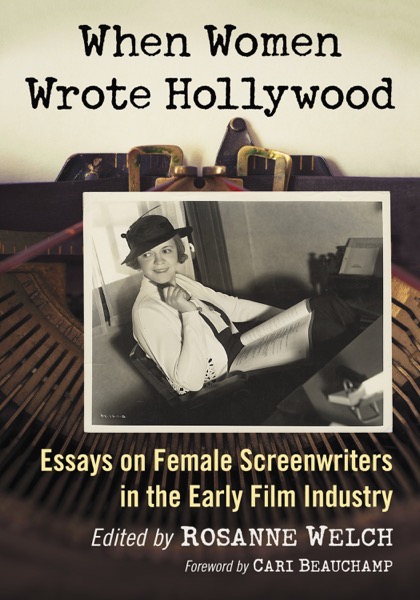
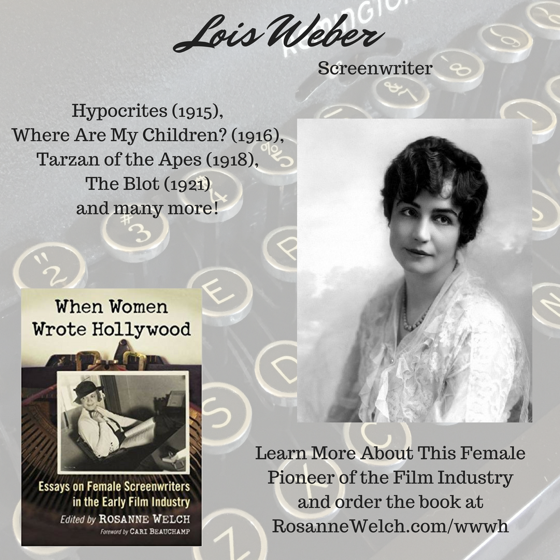

![When Women Wrote Hollywood Book Launch Event – August 11, 2018 [Photos]](https://rosannewelch.com/wp-content/uploads/2018/08/stephens-w3h-presentation.jpg)

